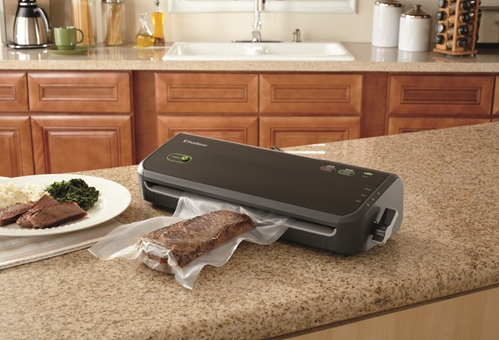
How to Prevent Freezer Burn
- Tips and How To's
- 10/22/14
- Share
Few things can ruin your dinner plans as quickly as food that has been rendered useless by the icy kiss of freezer burn, which can transform your leftover cutlets from delectable meats to indestructible frozen heaps.
Although this frequent freezer woe happens to the best of us, there are ways to save your meats from falling victim to this arctic enemy. But before you can protect your foods from freezer burn, it's important to understand why and how it occurs.
What is Freezer Burn?
Freezer burn can be easily distinguished by the white crystals that form on anything from ice cream to meat, but the issue runs deeper than the mere appearance of your food. According to The Library of Congress, freezer burn occurs when your foods have been stripped of moisture, which leads to excessive dryness and an abundance of frost. When food has been improperly stored, or it's been sitting in your freezer for an extended period of time, water molecules escape from the packaging and become absorbed in the air.
While food that has freezer burn is still safe to eat, there may be a considerable difference in quality. Both texture and taste can be significantly altered by the process, and while there are certain cooking strategies that may be able to lessen the impact of freezer burn, there's no alternative to properly preserved foods.
How Can I Avoid It?
To prevent freezer burn from claiming your frozen foods, keep in mind these best practices of preserving your products.
- Recognize how long your food can last: One of the most common causes of burn is storing in the freezer for an extended period of time. Depending on the food you choose, its shelf life will vary. The National Center for Home Food Preservation noted that fruits and vegetables can last up to 12 months, while meats can only last about three to four.
- Use a vacuum sealer: Unlike other forms of storage, using your FoodSaver® Vacuum Sealer is one of the best ways to prevent air from escaping your packaging. After securing your food with a vacuum sealer, the air-tight environment ensures that the juices from the food remain where they belong until you're ready to serve the dish.
While there are ways to reduce the likelihood that your food will get freezer burn, there is no way to prevent it altogether, which is why it's important to keep an eye on frozen products and watch for signs that indicate freezer burn.



